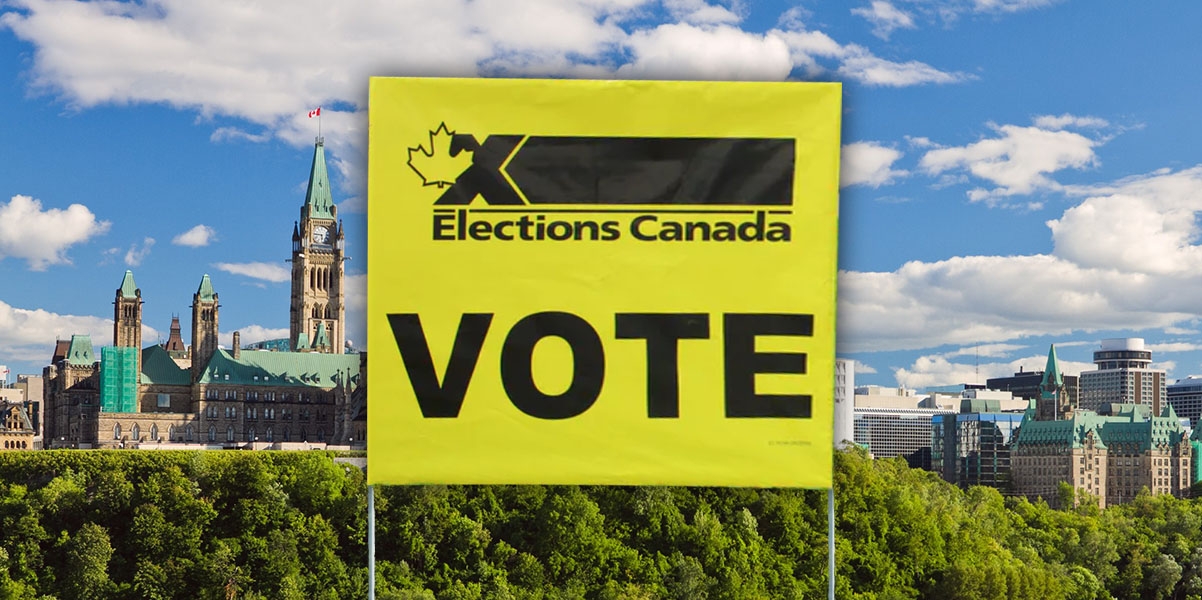
Public workers earn 12% more than private counterparts: report
Fraser Institute study says gap drops to nine per cent when unionization included in analysis
BY Canadian Manufacturing Daily Staff ON April 04, 2013 9:01am
VANCOUVER—Public sector workers at the federal, provincial and municipal levels across Canada earned substantially higher wages than their private sector counterparts in 2011, according to a new Fraser Institute report.
The study, Comparing Public and Private Sector Compensation in Canada, found public employees from all levels of government earned an average wage 12 per cent higher than those in the private sector working comparable jobs.
“At a time when Canadian governments are drowning in debt and deficits, it’s important to look at the compensation packages that government workers have long enjoyed,” Fraser Institute executive vice-president Jason Clemens said in a statement.
“A system that pays a premium to government workers is not only economically unsustainable but also unfair to taxpayers.”
When unionization is included in the analysis, the national public sector wage premium—the amount in which public sector wages exceed those in the private sector—drops to nine per cent from 12 per cent.
Aside from higher wages, the study also found strong indications that Canada’s government workers enjoy more generous non-wage benefits than those in the private sector, including pensions, job security and early retirement.
When it comes to pensions, the study found 88.2 per cent of Canadian government workers were covered by a registered pension plan in 2011 compared to just 26.4 per cent of private-sector employees.
Government employees retired two-and-a-half years earlier, on average, than private-sector workers between 2007 and 2011.
The study also found that in 2011, 0.6 per cent of government employees lost their jobs—less than one sixth the job-loss rate in the private sector, which saw cuts of 3.8 per cent.
![rich-guy3[1]](http://www.ottawalife.com/wp-content/uploads-olm/2013/04/rich-guy31.jpg) To ensure public-sector compensation is fair to both taxpayers and government workers, the report argues that better data collection is needed and suggests that Statistics Canada should gather data on wages and non-wage benefits more regularly and systemically than it does now.
To ensure public-sector compensation is fair to both taxpayers and government workers, the report argues that better data collection is needed and suggests that Statistics Canada should gather data on wages and non-wage benefits more regularly and systemically than it does now.
In addition, comparisons between the public and private sectors should focus on total compensation, not just wages or specific benefits such as pensions.
The study also offers recommendations for setting appropriate levels of government compensation, using the private sector as a guide.
“Public sector wages and benefits are largely determined by political factors, while in the private sector the process is guided by competition between firms,” Clemens said.
“These differences are amplified by the monopoly environment of government compared to the competitive world of private enterprise.”
The report shows that in 2011, the public sector employed 3.6-million—approximately one in five Canadians—compared to 11.1 million workers in the private sector.








